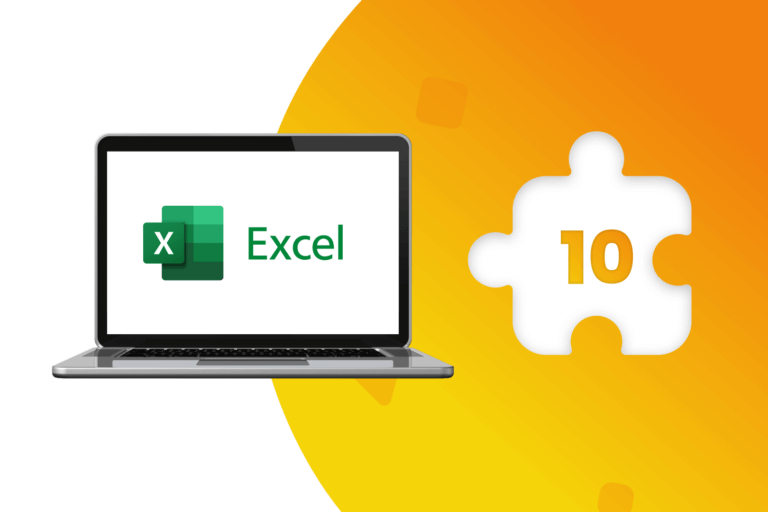ROI of Digital Transformation: For this cultural and technological evolution of companies be effective and efficient, the objectives should be carefully defined, as well as the analysis metrics, and work methodologies.
The challenges that modernity imposes on companies, are not static. Processes must be constantly reinvented, testing formulas, developing new products and adapted to changes in scenarios or trends, to ensure that organizations are more efficient and productive.
This context requires applying cultural and technological changes that are summarized in the need to consolidate digital transformation, both of productive activities and services. That is, replace analogous tools and paper, by digital technologies that optimize processes and, consequently, make them more effective and efficient.
This is crucial to meet the strategic objectives of modern companies, because it is a path that many of them already have advanced. And those who do not join in time, not only run the risk of losing presence in the market, but also to disappear from it, especially in the current health emergency scenario
The Growing Digital impact
In the opinion of the experts, it is not just general appreciations. According to data from the Gartner International Consultant, the total spending on digital transformation will reach US $ 4.2 billion in 2021, a figure that represents an increase of 8.6% compared to 2020.
Moreover, it is estimated that this trend will remain increasing during 2022, driven by the growth of technological infrastructure and IT services, as well as the greater use of mobile devices for teleworking, and the massification of new specialized software.
This technological evolution has intensified in such a way in the last two years, which, according to an investigation of the Metrigy consultancy, 75% of international firms has already started any process of transformation.
This expansion implies from incorporating small chatbots applications to serve online customers, to automate production, field operations and maintenance tasks, among other more complex tasks.
This makes it absolutely vital for all companies, regardless of their size, billing or sector of operations, joining the process of modernization in progress, in order to not lose competitiveness, nor market positioning.
The transcendence of costs
As companies are increasingly needed to implement digital transformation projects, it is also necessary to demonstrate that these have an optimal and efficient return on investment (ROI).
Only in this way, those responsible for designing and executing the relevant changes will be able to obtain, from their respective superior executive directions, the necessary financial support for digital initiatives to be fully successful.
At this point it arises the other doubt that the process holds. How to measure and implement the most appropriate ROI, in order digital transformation can be a successful process?
It is a unique unforeseen question, because each company or organization has diverse objectives, strategies and procedures. In the same way, the different initiatives of digital transformation that each of them implements, usually point to different objectives. These can go from increasing income, until improving customer experience, going through cost reduction, increased productivity and increased work efficiency, among other aspects.
This brings us, first, to consider a strategy based on three central questions, which were defined in an article recently published by Forbes:
1. What is the main motivation for digital transformation?
We should be clear about what we want to achieve with digital transformation. It is necessary to reduce the whole strategy to a single primary objective, and then, to establish why this objective is so important to the company.
2. Which metrics are better aligned with this main motivation?
Once the main motivation is identified, metrics can be defined and implemented that allow it to develop it integrally. In this way, it will be possible to evaluate the success rate of the project, once the previously established objectives are achieved.
3. How to act before unwanted impacts?
Each change requires a learning curve, which implies, in turn, to solve problems that arise along the way. For example, the massive use of new digital tools can increase the online interaction times, between different team members. At first glance this could generate the erroneous appreciation that the process will have higher costs of implementation, but these pauses do not necessarily represent a negative effect. On the contrary, it is necessary to be aware that they are a natural adaptation to change, which will finally derive more efficiency and general productivity.
What steps we must follow to have the most appropriate ROI?
Some business leaders insist that any digital transformation project must be ready and operative as soon as possible, in order to not give advantages to the competence. However, it is necessary to consider that careful planning is always required, so that the process would be fully successful.
In this way, to calculate a realistic ROI, it is better to reduce speed, and give priority to methodical planning. We must recall that “agility” is not synonymous with “hurry”. On the contrary, accelerating without control can take, paradoxically, to lose more time than necessary.
Some steps recommended to measure and optimize the best ROI of digital transformation, are as follow:
Identify the project
We must focus on the problem or business opportunity. Think about how to use new or existing technology, to better adapt the business model to market conditions.
For example, the COVID-19 pandemic forced numerous companies to implement remote work systems and discover new business opportunities. The distilleries manufactured alcohol gel, the restaurants distributed food at home, the print media derived the electronic format, and the medical centers implemented telemedicine.
Review business objectives
It is necessary to define the commercial objectives that are expected to address with the project: Increasing income, reducing costs, improving customer assessments, or increasing employee productivity?
For example, a restaurant may want to sell more lunches and dinners per day, to increase its income; while, in the other hand, an online press media will seek to reach a higher target audience.
Determine investment metrics
We have to detail the investment figures considering technologies and services. At this point it is necessary to consider variables such as network infrastructure, applications, monitoring and security tools, staffing by the project, direct sales level, customer service tools, advertising actions and / or digital marketing, strategies of awareness and loyalty of users, and consulting projects, among others.
Determine the value metrics
We must identify the metrics needed to quantify the return of the budgeted investment. For example, if a restaurant wants to exhibit the success or failure of its business objectives, his TI leaders may include the number of chefs per shift, the number of clients cared for by day, the average income per menu dispatched, the evaluation of the clients, and the references that they give to their relatives or throughout their social networks.
Establish a temporary frame
To correctly calculate the metrics, the reference figures must be recorded when the project begins. In the same way, it is necessary to consider that the minimum term to complete an appropriate transformation project is approximately six months.
Applying these steps will allow us, among other things, to define accurate numbers, calculate the most suitable ROI for each company and / or activity, and determine the additional commercial benefits of digital transformation.
How to improve the ROI of Digital Transformation?
In addition to the aforementioned points, we must consider all other additional factors that influence the calculation of an adequate ROI of digital transformation. These include variables such as depreciation, net worth net value, and additional auxiliary costs in the medium and long term, among others.
The key consists of measuring reference figures, as well as on tracking the costs and scheduled deadline to complete the project, in order to correctly document its strategic success.
In this way, we must determine the necessary improvements that we can apply to the new digital transformation initiatives, in order to achieve any increasingly positive commercial results which, in turn, support new future projects.
In this regard, specialists recommend following these specific strategies:
Build the ROI model in advance
Use prior estimation figures, to perform proper monitoring of all relevant metrics. This ensures to reach the end of the project with more accurate data, and without falling into uncertainty.
Take over
Culture has a fundamental role in the success or failure of digital transformation projects. Therefore, it is necessary that both workers and clients, know that there is a new technology or process destined to generate more benefits. The more people are affected or favored by the transformation initiative, the greater, in general, the ROI.
Planning with time
It is not necessary to allow the rush of business leaders, prevents collecting the previous background of each business unit, or estimating the time needed to test applications or train people. If it is planned methodically, and realistic expectations are established, the project will be executed without problems.
Evaluate technologies carefully
Selecting the most appropriate technology can affect, positively or negatively, the ROI of the entire project. It is not about opting for the cheapest, but for those that best meet the targets traced. The initial investment may be higher, but if we choose the most appropriate alternative, our operating costs will be smaller, increasing consequently our ROI over time.
You can calculate the Return on Investment of DataScope that would bring your company here







